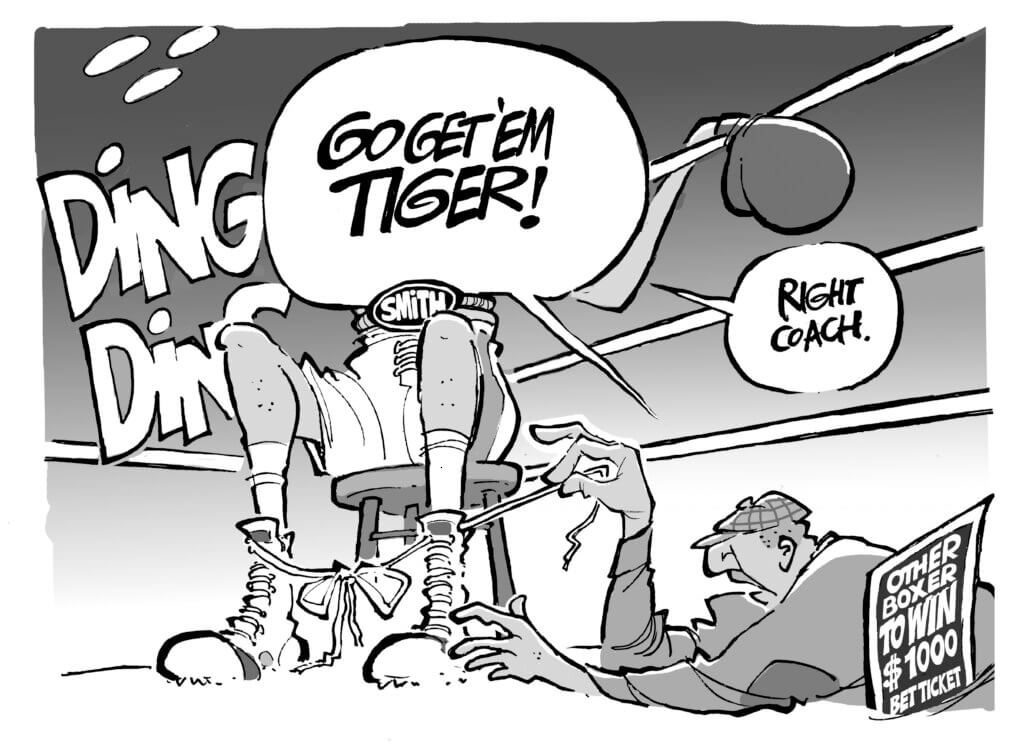October 20, 2023
I don’t profess to know a whole lot about boxing. I do know, however, that it’s important to have a good coach in your corner who’s not only rooting for you but also guiding you on the optimal course of action. When groups enter real estate partnerships with their development partners, it’s akin to having a coach in your corner. It’s not only important to have the right people in your team, but to understand when they have your best interests at heart. But to make it work, you need to recognize when and why their economic objectives may not always align with yours.

A prime example is when procuring financing for your project.
It is not uncommon for development partners to assist in procuring financing, and yet the attractiveness of those terms is likely not as vital to the developer as to the practice. Moreover, it’s entirely possible that the financing terms that a developer wants conflict with the best interests of the practice. That was what one Mountain State physician group experienced when sourcing financing in a recent joint venture (JV) with their development partner.
The 50/50 JV was for a planned new construction project, in which the practice planned to lease 100% of the to-be-built space. At the project’s inception, the developer outlined the intent to own the building for a few years before selling it in a sale/leaseback transaction. When procuring financing options, the developer sought a 15-year, fully amortizing loan to build equity as quickly as possible, despite the inverted yield curve resulting in shorter amortizations holding a higher interest rate cost at the time. The doctors, meanwhile, approached a couple of banks to explore other available financing options. The table below represents a few of the key terms of the financing offers solicited and the resultant rents that were required to meet the debt service coverage ratio.
| Developer Sourced Financing | Practice Sourced Financing | |
| Amortization | 15 years | 25 years |
| Interest rate | 5.5% | 4.75% |
| Debt Service Coverage Ratio (DSCR) | 1.25x Pre DSCR | 1.25x Pre DSCR |
| Minimum Lease to Meet DSCR | $980,000 | $684,000 |
In essence, by looking at a 15-year repayment schedule, the developer was requiring the group to increase its lease payment by roughly 40%. On the surface it appears as though both the developer and private practice suffer from this election because of the inferior interest rate, but there is more at play when we consider the proposed future sale. At the time of writing, the market for sale/leasebacks put this building at a roughly 6% cap valuation. With starting rents of $980K, the building value would be $16.3MM. If the starting rents were $684K, the building value would be $11.4MM, roughly $5MM less, with the developer taking home $2.5MM (50%) of additional sale proceeds at the higher rents. The practice, on the other hand, would remain on the hook for an inflated 15-year lease.
This example highlights just one scenario where the desired financing terms were misaligned between partners. If the group hadn’t looked for alternative financing options themselves, they could have ended up with financing terms that either significantly hindered their outcomes, or a project that was no longer deemed viable.
It is not unusual for people to act in their own best interests. Therefore, it’s essential that you understand your partner’s best interests so that you can effectively continue to look after your own and that of your practice. One excellent way to do this is by having a coach in your corner with years of experience in procuring financing specially designed to meet the objectives of your real estate investments and your practice. One such group that comes to mind is CMAC! Please reach out to solutions@cmacpartners.com if you’d like to better understand what alternative motives might be at play, what financing options could be available, and which of those make the most sense for you and your partners!